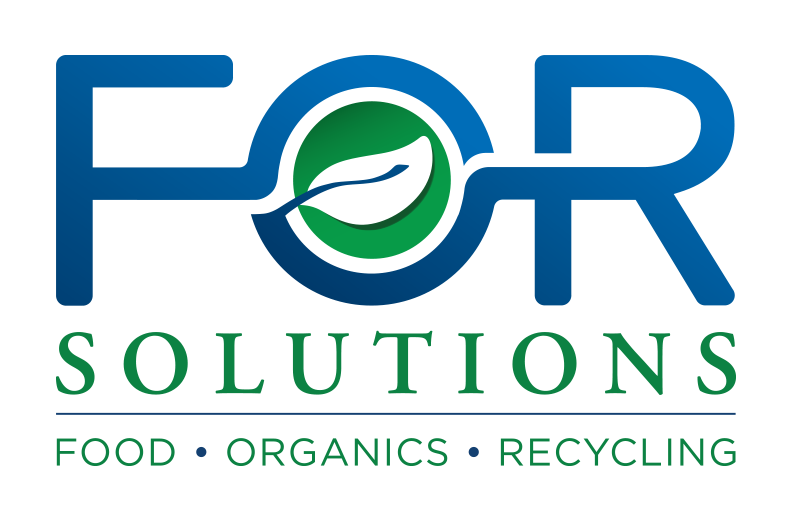The “Why” of Food Recovery and On-Site Composting
In his critically acclaimed book and TED talk of the same title, Simon Sinek argued, “people don’t buy what you do, they buy why you do it.” He offered his observation in the context of what he describes as The Golden Circle, three concentric circles labeled WHY, HOW, and WHAT. He emphasized, “when most organizations or people think, act or communicate they do so from the outside in, from WHAT to WHY. And for good reason—they go from clearest thing to the fuzziest thing. We say WHAT we do, we sometimes say HOW we do it, but we rarely say WHY we do WHAT we do.” He defined WHY as the “purpose, cause or belief” of an organization. He clarified, “WHY does not come from looking ahead at what you want to achieve and figuring out an appropriate strategy to get there…
It comes from looking in the completely opposite direction from where you are now. Finding WHY is a process of discovery, not invention.” He proposed, “inspired” organizations “communicate from the inside out.” The idea is that by articulating WHY an organization does what it does, HOW it does it is easier to identify. WHAT is the result that quantifies if it is successful in achieving its WHY.
More illuminating is his observation, “when an organization defines itself by WHAT it does, that’s all it will ever be able to do.” Organizations “with a clear sense of WHY,” he argued, “don’t have to “convince” anyone of their value.” To be authentic, according to Sinek, an organization, viz its members, must abide by a simple rule: “everything you say and everything you do you actually believe.”
So, what does this have to do with food recovery and on-site or local composting you might be wondering? I believe it strikes at the core of issue. Let’s examine two different models of contemplating sustainable materials management where food is considered based on Sinek’s observations that illustrate my belief.
MODEL 1
What? We have all of this discarded uneaten food that we must have removed from the site. It is costing us a lot of money to do so. We have to find a less expensive way to get rid of it! How? We found this system that takes the food waste and transforms it into water so all we have to do is flush it down the drain and voilà, its gone! Why? Because we want to save money.
Model 2
Why? We believe that restoration of soil is vital to achieving environmental reconciliation, resilience, and a sustainable food system. How? We have decided to install an on-site system that transforms discarded uneaten food into nutrient-dense compost in just 5 days. We will use the compost to restore the vitality of soil so we can grow food organically and distribute it locally. What? More productive soil and an equitable, fair, just, and sustainable food system.
In the first model, the Why is only about saving money. Howard Unger, an innovative leader in capital investment dedicated to advancing human understanding and world peace suggested, “If all you care about is money, then you’ll probably be miserable.” Following his logic, if the only objective regarding management of uneaten food is saving money, then an equitable, fair, just, and sustainable food system will probably be impossible to achieve.
In the second model, the Why is about contributing to an equitable, fair, just, and sustainable food system by assuring that the nutrients available in uneaten food are recycled through the food system with compost thereby contributing the restoration of soil vitality to maximize food production yields. The second model is consistent with the idea that “composting…is the most Earth friendly thing” that people can do. It is also consistent with the idea proposed by Dr. John Snell, former head of the Department of Civil Engineering at Michigan State University, who suggested in 1964, “…composting will in its own way be of greater total benefit to [hu]mankind than has the automobile.”




